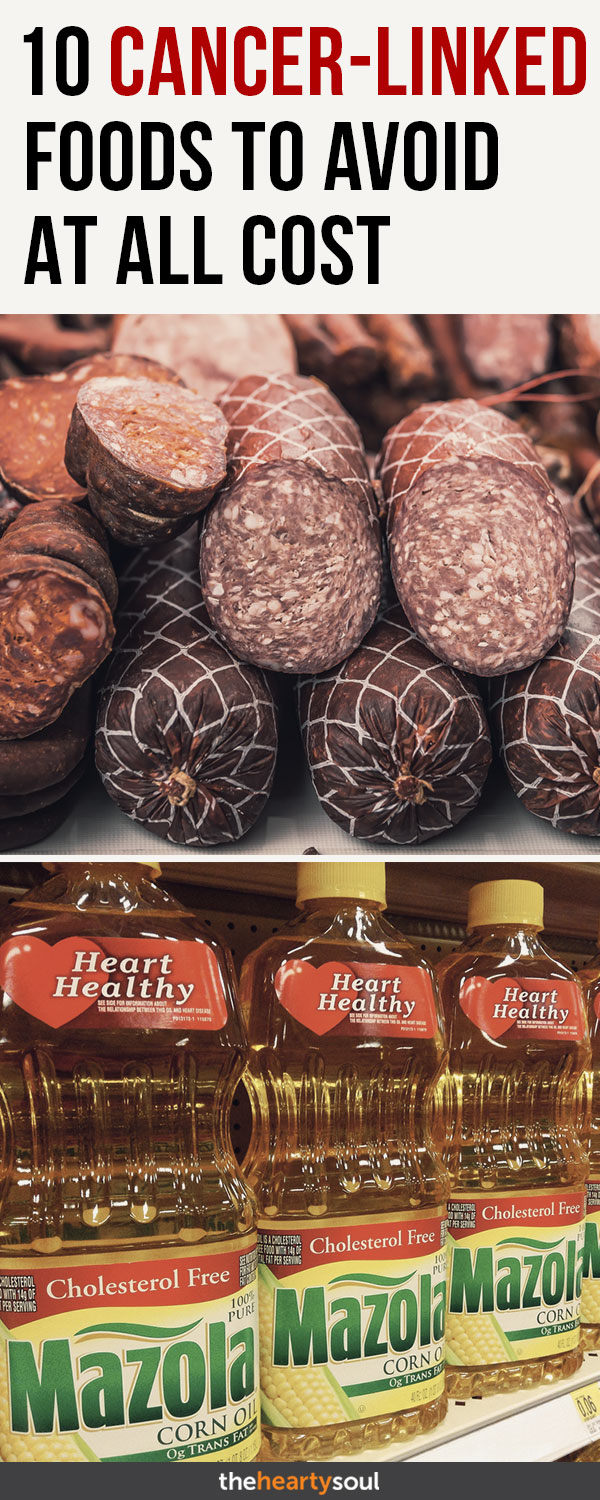The American Institute for Cancer states on its website, “Research has shown that most cancers can be prevented. Scientists now estimate that 60 percent to 70 percent of cancers are all preventable through currently available information and simple changes in diet and lifestyle.”
Potentially Carcinogenic Foods to Avoid
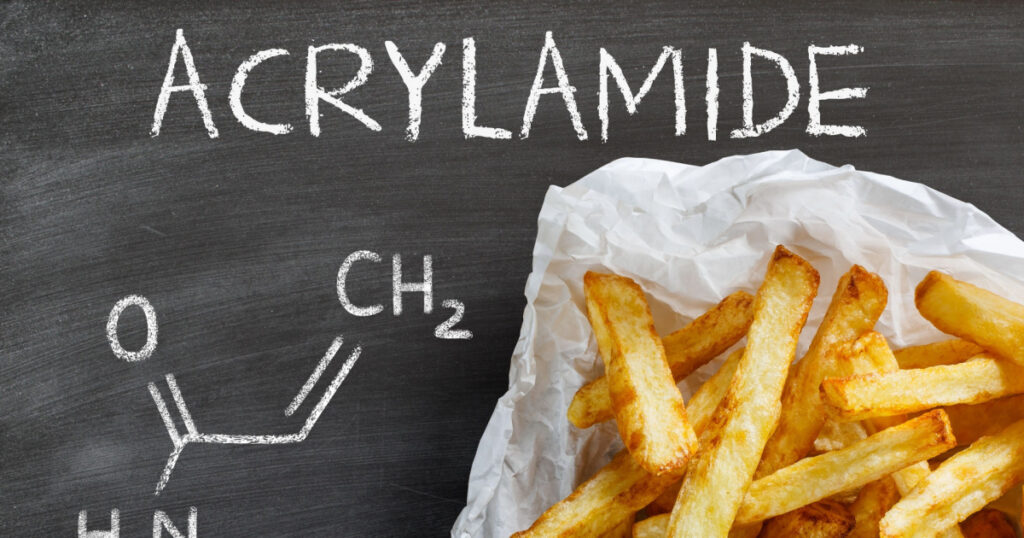
With that encouraging statement in mind, this article addresses changes you can make in your day-to-day dietary lifestyle that will not only improve your health but also help provide you with knowledge of some possibly carcinogenic foods to avoid to aid in your efforts of cancer prevention.
1. BPA Lined Cans
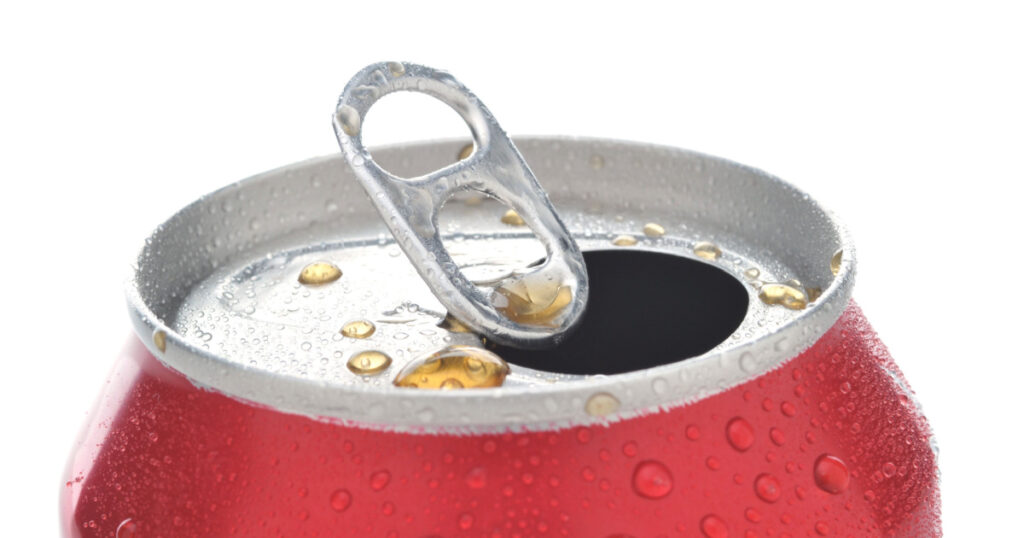
This ingredient found in hard plastics and resins is used to coat metal cans. Laboratory studies in cells and animals have linked BPA to cancer, infertility, diabetes, and obesity. Unless a canned item is labeled BPA-free, it’s likely to contain bisphenol-A (BPA). BPA can also be found in numerous plastic products and dental composites.
2. Cured and Smoked Foods
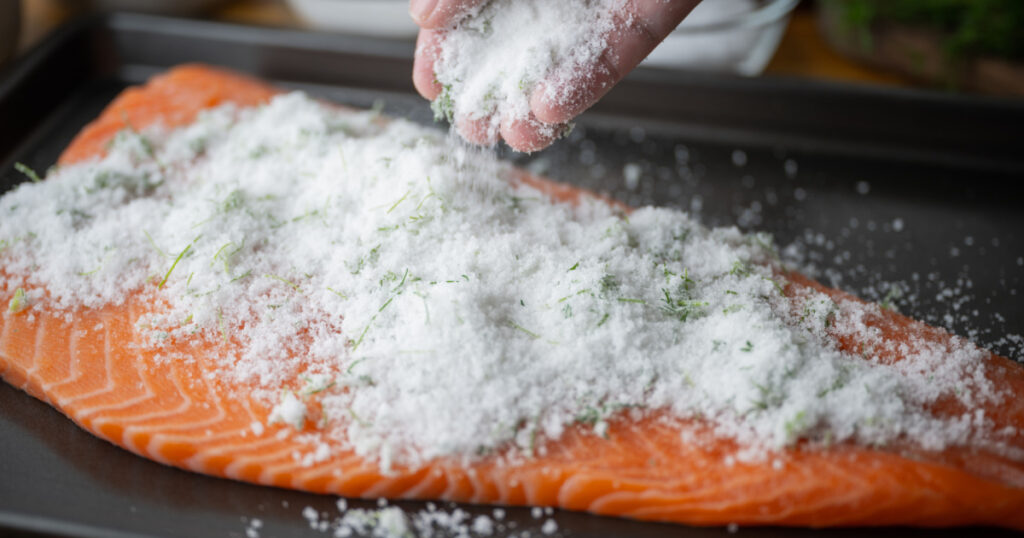
Nitrates and nitrites act as preservatives to prevent food from spoiling, they also add color to meats. When cooked, nitrites and nitrates change into by-products called N-nitroso compounds, such as nitrosamines and nitrosamides. N-nitroso compounds are associated with an increased risk of cancer. Some examples of processed meats to avoid are bacon, sausages, hot dogs, pepperoni, prosciutto, beef jerky, and salami.
3. Farmed Fish

According to Food and Water Watch, farmed fish contain higher levels of chemical pollutants than wild fish, including PCB’s, a known carcinogen. Due to overcrowding in fish farms, fish are more susceptible to disease, increasing the need to use antibiotics. They are also more susceptible to sea lice, which means they are also treated with pesticides.
4. Grilled Meat
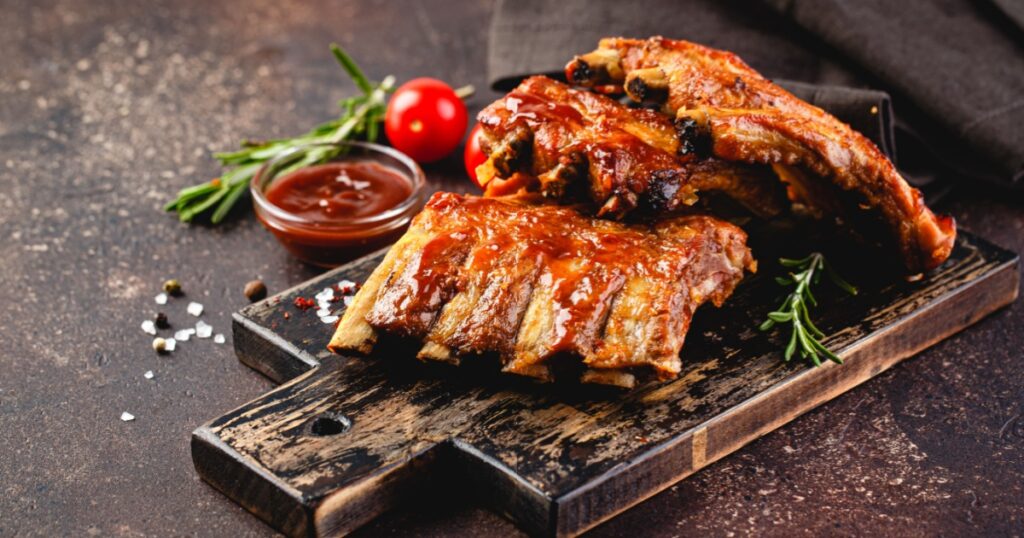
Polycyclic aromatic hydrocarbons, or PAHs, are produced through certain types of combustion, such as the burning of coal or wood. An additional problem is created when fat from meat drips onto a fire, creating a flare-up and smoke, this allows the PAHs to affix themselves to the food you’re cooking, increasing your risk for carcinogenic exposure.
5. Hydrogenated Oils
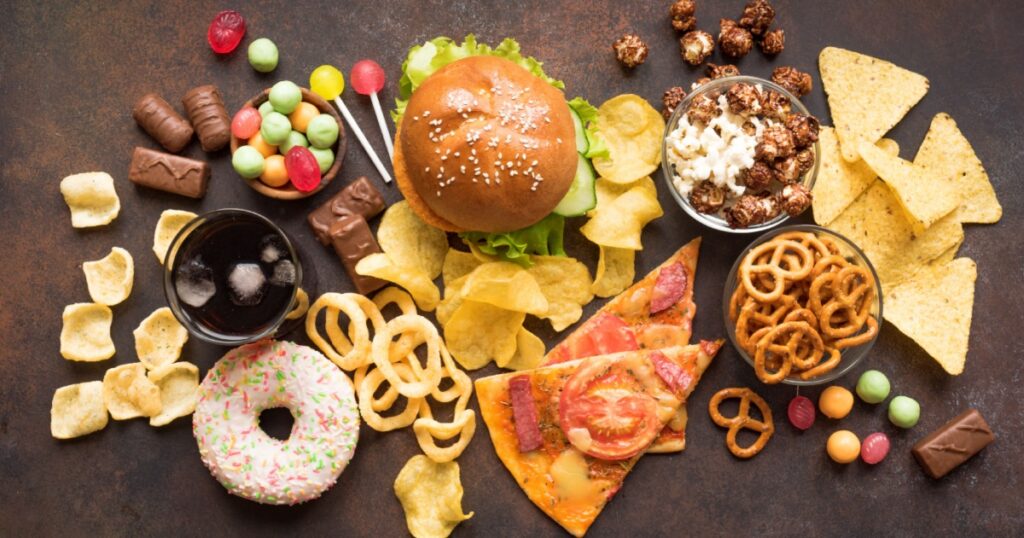
Hydrogenated oils, also known as trans-fats, are a man-made product. These oils have a chemical structure that has been altered to prevent the product from going rancid in order to increase their shelf life.
The Harvard School of Public Health notes that trans fats promote immune system over-activity and inflammation and are linked to heart disease, stroke, and diabetes, among other chronic diseases. In addition to being chemically extracted from their source, chemicals are also used to mask the odor and change the taste of the oil.
Read More: Doctor’s Thought Woman Had a Sinus Infection, But It Was Actually An Extremely Rare Cancer
6. Microwave Popcorn
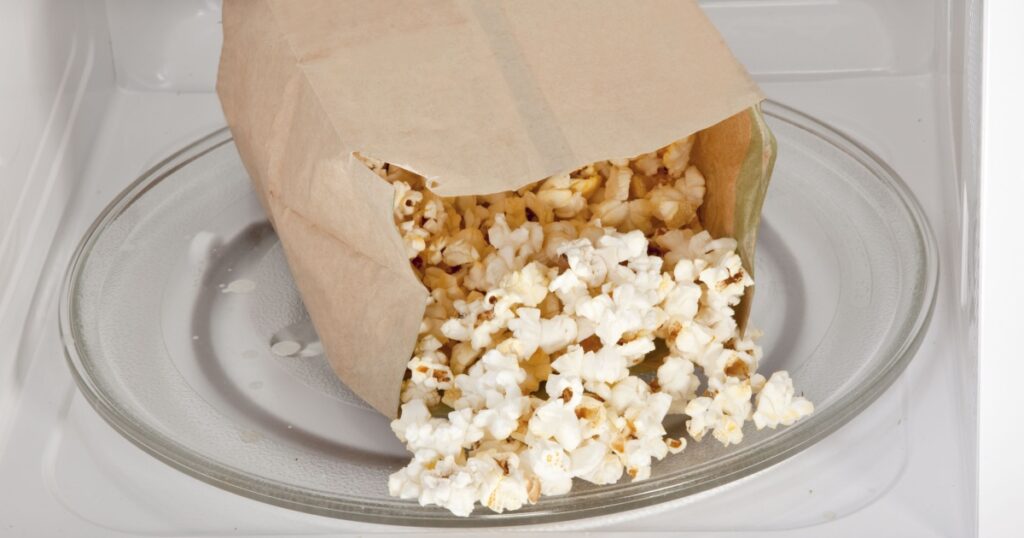
These bags are lined with Perfluoroalkyls, perfluorooctanoic acid (PFOA) and perfluorooctane sulfonate (PFOS) to prevent oil from soaking through the packaging. When heated, these chemicals leach into the popcorn; when ingested, they show up as blood contaminants.
PFOA has been associated with tumors in animal organs (liver, pancreas, testicles and mammary glands in rats), and increases in prostate cancer in PFOA plant workers.
7. Non-Organic Fruits & Vegetables
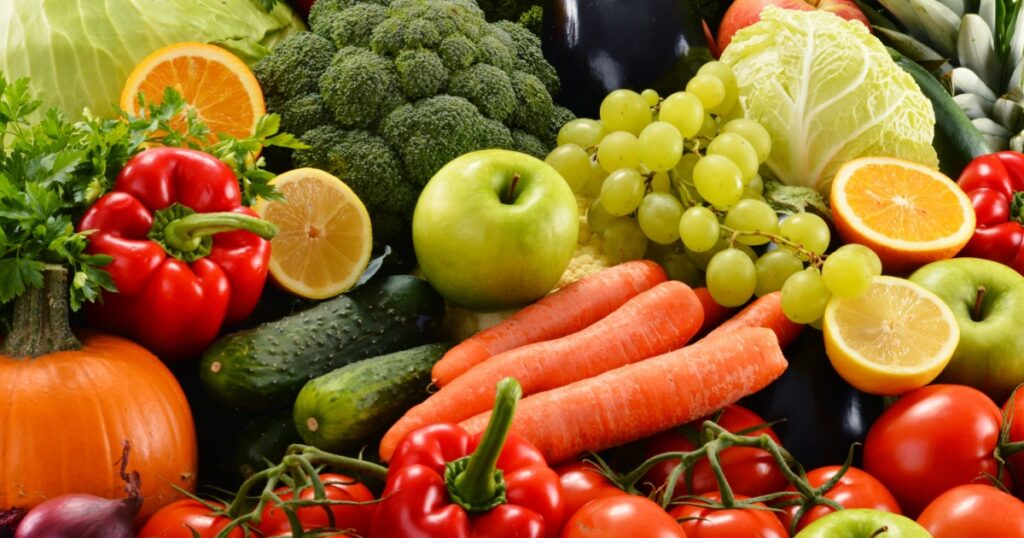
Conventionally grown crops are grown with pesticides, herbicides, and GMO seeds; pesticides, in particular, have been associated with an increased risk of cancer. To learn more about the hazards of eating conventionally grown food, read EWG’s 2015 “Shopper’s Guide to Pesticides in Produce”
8. Processed Foods
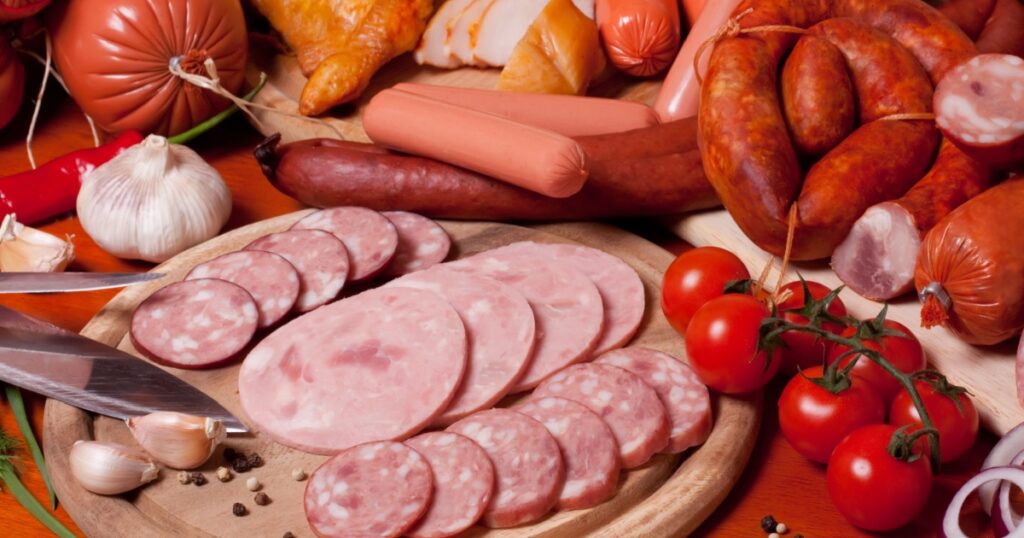
Cured meats tend to be high in nitrites and nitrates, preservatives that can, in large amounts, potentially increase your risk of stomach and other cancers. Processed foods are also typically full of white flour, sugars, oils, colors, flavorings, and other unhealthy ingredients.
9. Refined Sugars
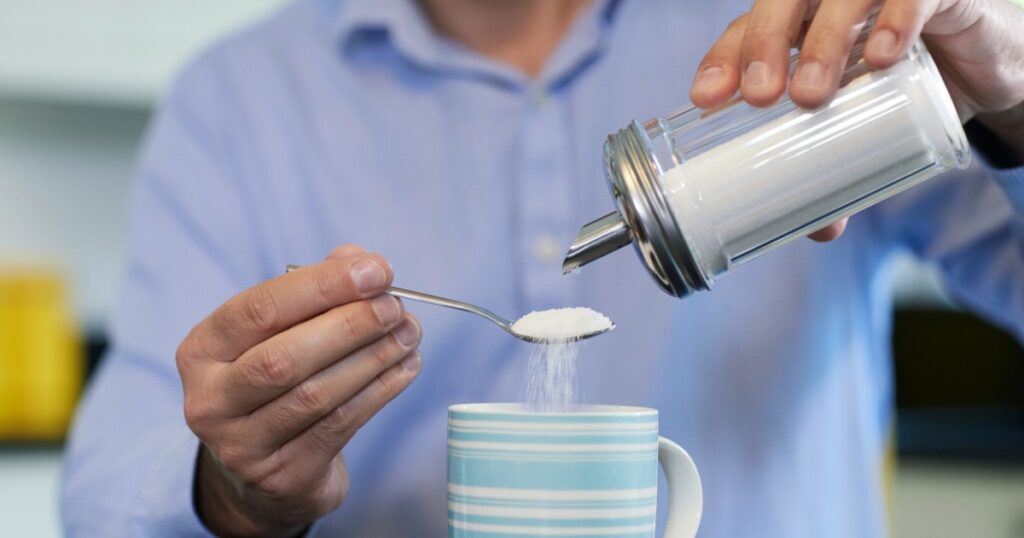
Researchers have found links between sugar and numerous issues, such as unhealthy levels of blood fats, low HDL levels, increased risk for heart disease, higher blood triglyceride levels, obesity, immune suppression, arthritis, and a host of other ills. Cancer cells also thrive on sugar.
10. Soda/Sports Drinks
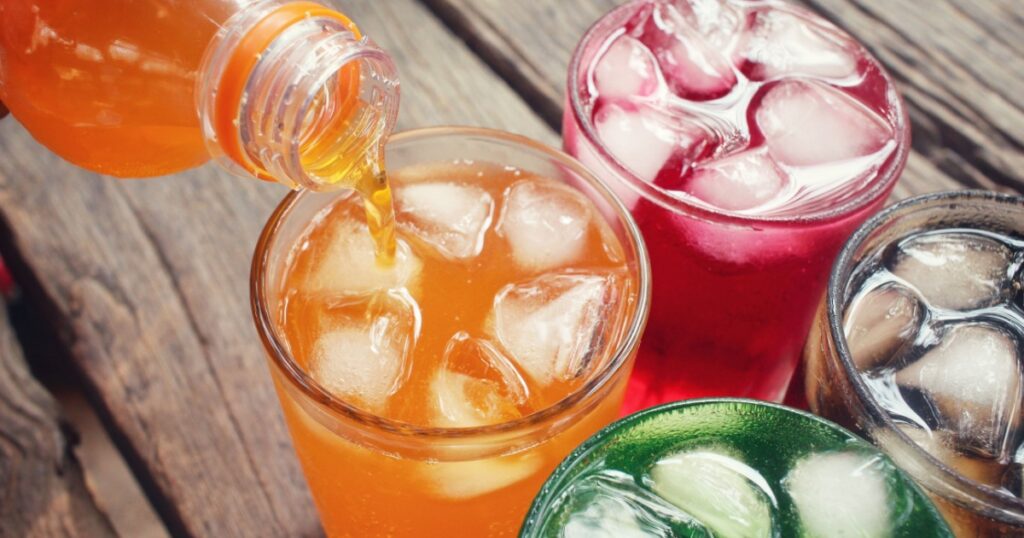
There is little to no nutritional value in drinking soda or sports drinks. These drinks contain high fructose corn syrup, sugar, dyes, brominated vegetable oil (a flame retardant), and aspartame, which has been linked to an increased risk of cancer.
Read More: Doctors Thought Woman Had Cancer, But It Was Actually a Brain-Eating Amoeba
Sources
- National Institute of Environmental Health Sciences. (n.d.). Bisphenol A (BPA). Retrieved from https://www.niehs.nih.gov/health/topics/agents/sya-bpa/
- Santarelli, R. L., Pierre, F., & Corpet, D. E. (2008). Processed meat and colorectal cancer: A review of epidemiologic and experimental evidence. Retrieved from https://www.ncbi.nlm.nih.gov/pubmed/18444144
- Canadian Cancer Society. (n.d.). Reduce Cancer Risk – what you can do. Retrieved from https://www.cancer.ca/en/cancer-information/cancer-101/what-is-a-risk-factor/diet/cured-smoked-and-salt-preserved-foods/?region=on#ixzz3jYyVhfhf
- Food and Water Watch. (2015, September 29). Factory Fish Farming. Retrieved from https://www.foodandwaterwatch.org/common-resources/fish/fish-farming/offshore/problems/
- Touyz, L. (2013, April). Genetically modified foods, cancer, and diet: Myths and reality. Retrieved from https://www.ncbi.nlm.nih.gov/pmc/articles/PMC3615871/
- Desaulniers, V., Dr. (2014, September 10). Serious Breast Cancer Risks from Hydrogenated Oils. Retrieved from https://breastcancerconqueror.com/serious-breast-cancer-risks-from-hydrogenated-oils/
- Hendrickson, K. (2011, April 20). The Cancer Risk of Microwave Popcorn. Retrieved from https://www.livestrong.com/article/424792-the-cancer-risk-of-microwave-popcorn/
- American Cancer Society. (n.d.). Food additives, safety, and organic foods. Retrieved from https://www.cancer.org/healthy/eathealthygetactive/acsguidelinesonnutritionphysicalactivityforcancerprevention/acs-guidelines-on-nutrition-and-physical-activity-for-cancer-prevention-food-additives
- Bassil, K., Vakil, C., Sanborn, M., Cole, D., Kaur, J., & Kerr, K. (2007, October). Cancer health effects of pesticides: Systematic review. Retrieved from https://www.ncbi.nlm.nih.gov/pmc/articles/PMC2231435/
- Greenfield, B. (2014, March 20). Secrets of the Superhuman Food Pyramid: Pros and Cons of Sports Drinks. Retrieved from https://superhumancoach.com/pros-and-cons-of-sports-drinks/
- Allred, C. D., Allred, K. F., Ju, Y. H., Virant, S. M., & Helferich, W. G. (2001, July 01). Soy Diets Containing Varying Amounts of Genistein Stimulate Growth of Estrogen-dependent (MCF-7) Tumors in a Dose-dependent Manner. Retrieved from https://cancerres.aacrjournals.org/content/61/13/5045.short
- National Institute of Environmental Health Sciences. (n.d.). Bisphenol A (BPA). Retrieved from https://www.niehs.nih.gov/health/topics/agents/sya-bpa/
- Santarelli, R. L., Pierre, F., & Corpet, D. E. (2008). Processed meat and colorectal cancer: A review of epidemiologic and experimental evidence. Retrieved from https://www.ncbi.nlm.nih.gov/pubmed/18444144
- Canadian Cancer Society. (n.d.). Reduce Cancer Risk – what you can do. Retrieved from https://www.cancer.ca/en/cancer-information/cancer-101/what-is-a-risk-factor/diet/cured-smoked-and-salt-preserved-foods/?region=on#ixzz3jYyVhfhf
- Food and Water Watch. (2015, September 29). Factory Fish Farming. Retrieved from https://www.foodandwaterwatch.org/common-resources/fish/fish-farming/offshore/problems/
- Touyz, L. (2013, April). Genetically modified foods, cancer, and diet: Myths and reality. Retrieved from https://www.ncbi.nlm.nih.gov/pmc/articles/PMC3615871/
- Desaulniers, V., Dr. (2014, September 10). Serious Breast Cancer Risks from Hydrogenated Oils. Retrieved from https://breastcancerconqueror.com/serious-breast-cancer-risks-from-hydrogenated-oils/
- Hendrickson, K. (2011, April 20). The Cancer Risk of Microwave Popcorn. Retrieved from https://www.livestrong.com/article/424792-the-cancer-risk-of-microwave-popcorn/
- American Cancer Society. (n.d.). Food additives, safety, and organic foods. Retrieved from https://www.cancer.org/healthy/eathealthygetactive/acsguidelinesonnutritionphysicalactivityforcancerprevention/acs-guidelines-on-nutrition-and-physical-activity-for-cancer-prevention-food-additives
- Bassil, K., Vakil, C., Sanborn, M., Cole, D., Kaur, J., & Kerr, K. (2007, October). Cancer health effects of pesticides: Systematic review. Retrieved from https://www.ncbi.nlm.nih.gov/pmc/articles/PMC2231435/
- Greenfield, B. (2014, March 20). Secrets of the Superhuman Food Pyramid: Pros and Cons of Sports Drinks. Retrieved from https://superhumancoach.com/pros-and-cons-of-sports-drinks/
- Allred, C. D., Allred, K. F., Ju, Y. H., Virant, S. M., & Helferich, W. G. (2001, July 01). Soy Diets Containing Varying Amounts of Genistein Stimulate Growth of Estrogen-dependent (MCF-7) Tumors in a Dose-dependent Manner. Retrieved from https://cancerres.aacrjournals.org/content/61/13/5045.short


